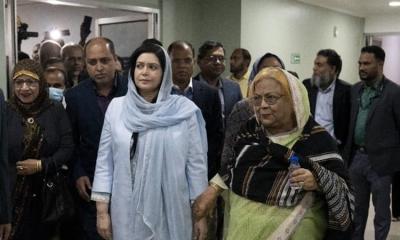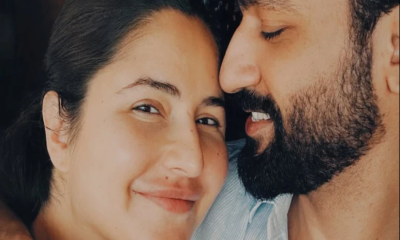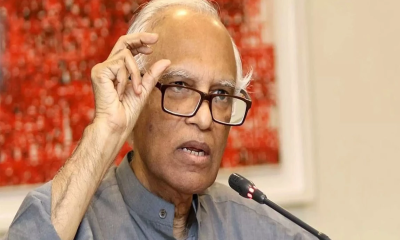As the interim government prepares to unveil the national budget for the fiscal year 2025–26 today, economic analysts and citizens alike are reflecting on the historical evolution of Bangladesh’s budgetary practices since independence.
From the modest Tk 786 crore in 1972 to the expected Tk 7.9 lakh crore this year, the national budget has transformed in both scale and ambition — often reflecting the country’s shifting political dynamics and development priorities.
1972–1981: Post-war Recovery under Mujib and Zia
Bangladesh’s first national budget was presented in 1972 by the country`s founding finance minister, Tajuddin Ahmad, in the aftermath of a devastating war. With a heavy dependence on foreign aid, the early budgets focused on food security, nationalizing industries, and rebuilding infrastructure.
Following the assassination of Sheikh Mujibur Rahman in 1975, President Ziaur Rahman emphasized self-reliance and rural development. Budgets under his administration aimed to decentralize spending, though fiscal capacity remained weak.
1982–1990: Ershad’s Military Rule and the Start of Structural Reforms
The 1980s, under General Hussain Muhammad Ershad’s regime, saw the introduction of structural adjustment policies in cooperation with the World Bank and IMF. Budget planning began incorporating longer-term development strategies, while the Annual Development Programme (ADP) became a regular feature.
However, overall budget sizes remained modest, with allocations often constrained by poor domestic revenue mobilization and continued donor dependence.
1991–2001: Democratic Era and Fiscal Reforms
With the restoration of democracy in 1991, the finance ministry under BNP’s Saifur Rahman introduced landmark reforms, including the implementation of Value Added Tax (VAT). Budget sizes expanded significantly, with rising allocations for education, health, and rural electrification.
During this period, the budget crossed Tk 30,000 crore, with an improved emphasis on fiscal discipline and domestic resource mobilization, although public investment continued to rely on foreign aid.
2001–2008: Coalition Governments and Political Instability
The BNP-led coalition government (2001–2006) focused on infrastructure and telecommunication, while budgets under the 2007–08 caretaker government stressed stability and governance.
Despite political unrest, national budgets during this time grew to over Tk 85,000 crore, and the tax base expanded gradually, although inequality and regional imbalances remained pressing issues.
2009–2023: Awami League’s Mega Budget Era
The return of the Awami League in 2009 ushered in a period of rapid budgetary expansion. Prioritizing digitalization, mega infrastructure projects like Padma Bridge and Dhaka Metro Rail, and social protection schemes, the budget reached Tk 7 lakh crore by FY2023–24.
However, this period also saw increasing dependence on borrowing, rising subsidy burdens, and stagnant tax-to-GDP ratios. Critics frequently questioned the quality of public spending and transparency in large development projects.
In FY2023–24, the government also entered a $4.7 billion loan program with the IMF, aiming to stabilize foreign exchange reserves and reform fiscal governance.
2024–2025: Transition and Interim Government’s First Budget
Following the July 2024 mass uprising that ended the Awami League’s long rule, the interim government formed in August 2024 is set to present its first budget today. The FY2025–26 outlay is expected to be Tk 7.9 lakh crore — slightly lower than the original Tk 7.97 lakh crore budget for FY2024–25, but higher than its revised estimate of Tk 7.44 lakh crore.
Finance Adviser Salehuddin Ahmed is scheduled to announce the new budget at 3:00 PM today, with a revenue target of Tk 5.6 lakh crore. The budget will emphasize reducing discrimination, managing inflation, and preparing for Bangladesh’s graduation from the LDC bloc in 2026.
The ADP has been scaled back to Tk 2.3 lakh crore, focusing only on economically viable projects, while the overall deficit is projected at around 3.5% of GDP. Officials said Tk 1.5 lakh crore will be sourced from external loans and Tk 1.21 lakh crore from domestic borrowing.
This budget is being formulated amid improved macroeconomic conditions — including a stable exchange rate, rising remittances, and strong export growth — but also under political uncertainty, strained India relations, and rising costs of subsidies and interest payments.
With the finance adviser promising an ‘acceptable budget for all,’ today’s announcement is expected to mark a transition toward fiscal prudence and public accountability after a decade of expansive spending.
Analysts say the 2025–26 budget could define the economic and political direction of post-AL Bangladesh in the years to come.


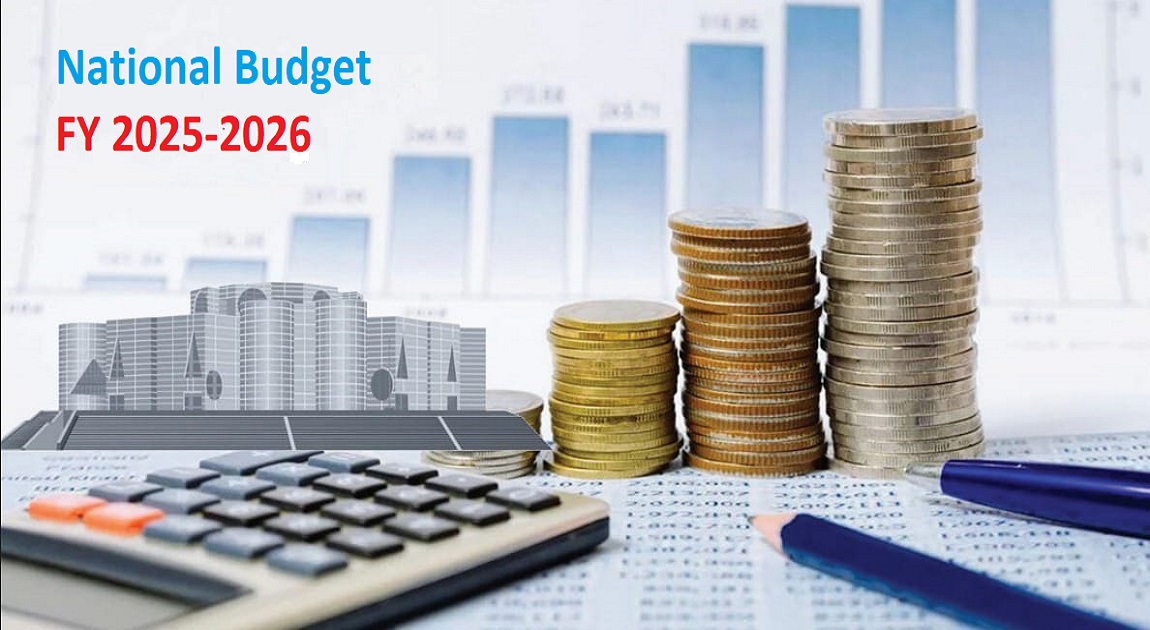


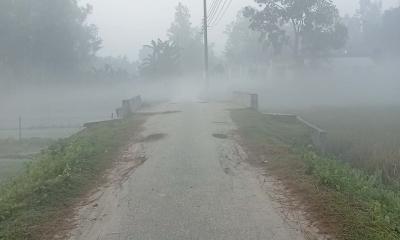
-20251212053626.jpeg)
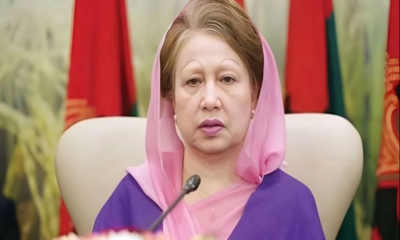
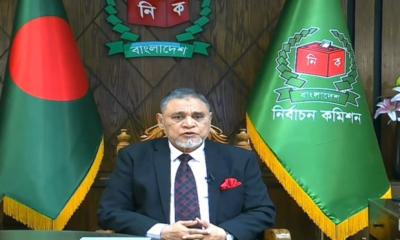
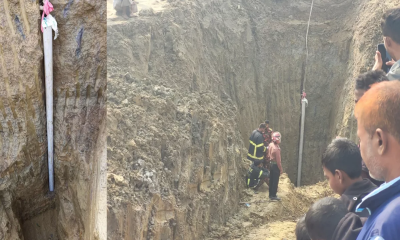

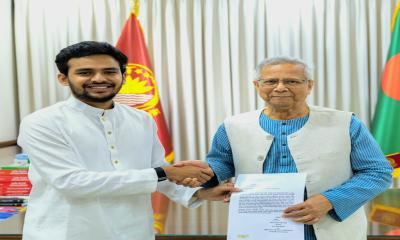

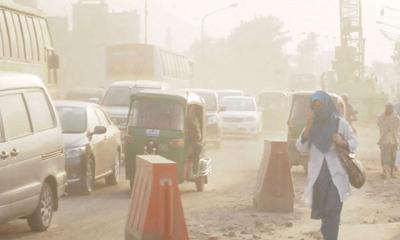

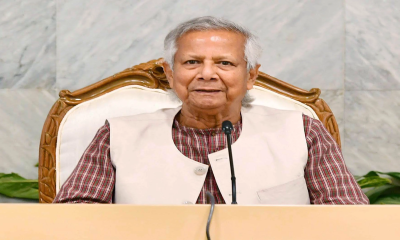
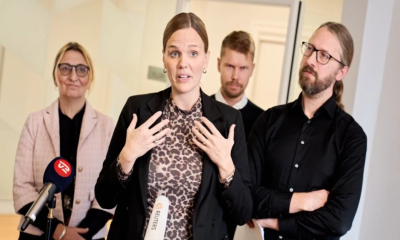
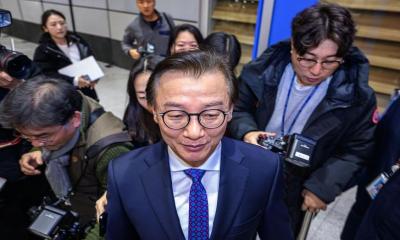
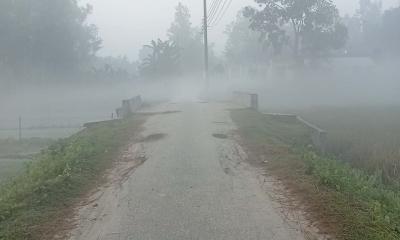

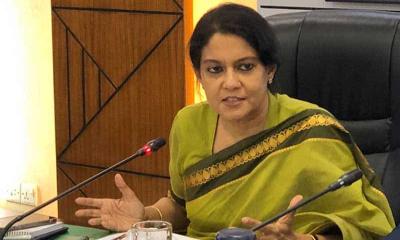


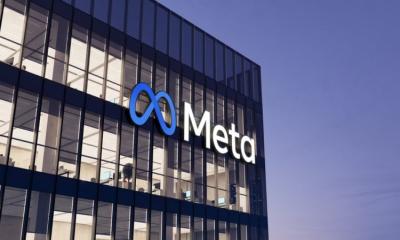



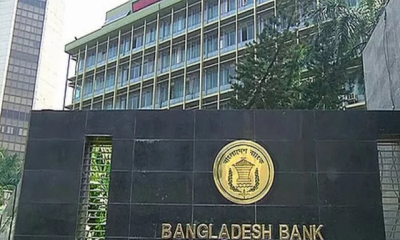
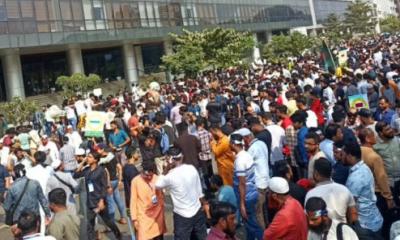
-20251207131533.jpg)
